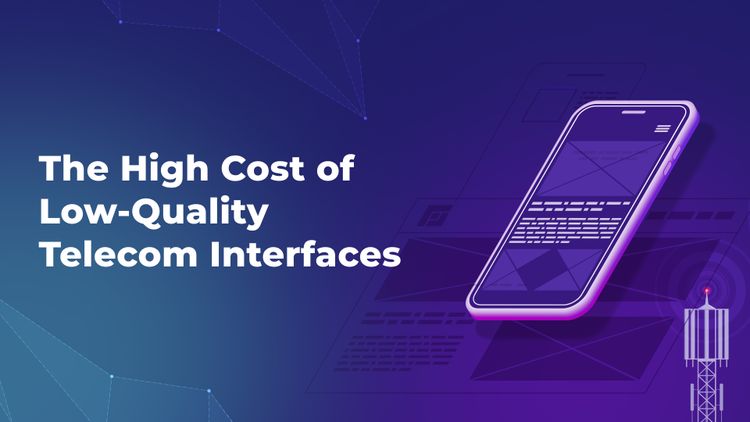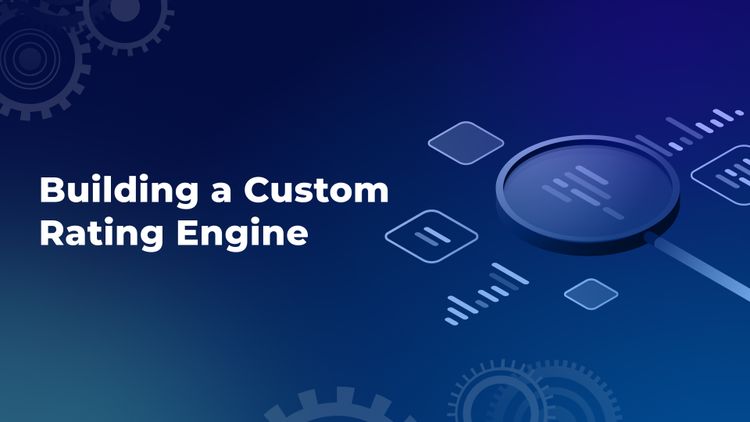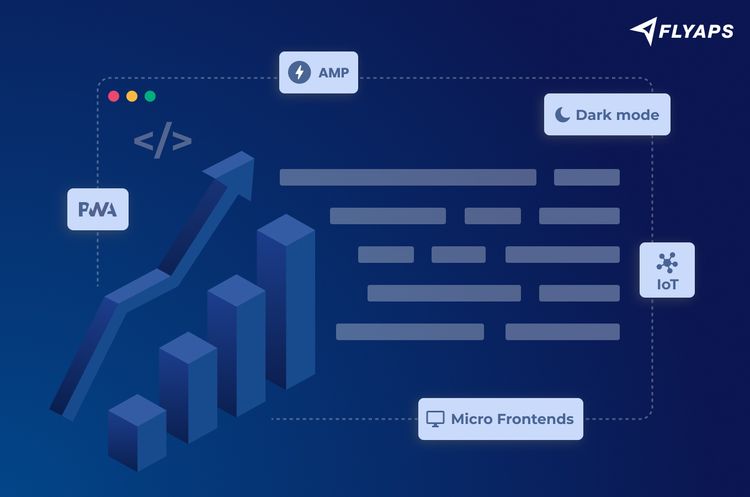What’s Wrong with Business Support Systems in Telecom and How to Modernize Them
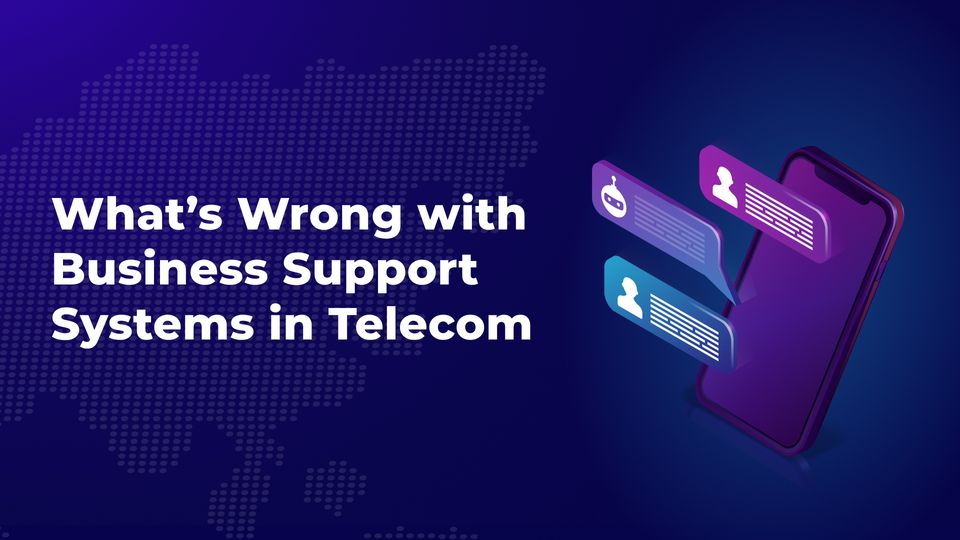
Feeling like your outdated telecom system is holding you back from delivering fast and reliable 5G communication solutions? Do maintenance requirements weigh you down, hindering your progress? Many telcos find themselves in this all-too-common scenario, dealing with the repercussions of outdated Business Support Systems (BSS).
In fact, continuing to rely on a legacy BSS carries significant risks. Outdated systems lack both the efficiency and capabilities of their modern counterparts, leading to errors, poor performance, and delays. Moreover, security vulnerabilities pose a constant threat for legacy solutions, exposing your business to potential cyberattacks and data breaches. As an outcome, you can’t scale your business easily, and your customers, who were expecting a seamless and pleasant experience, are left frustrated by the limitations of your legacy system.
It's time to break free from these constraints and embark on a transformative journey. But instead of starting from scratch, you can save precious time and resources by upgrading your existing BSS system in telecom. And we can tell you how.
At Flyaps, we have more than ten years of experience in the telecom industry. We've witnessed the telecom landscape evolving over the past years with new challenges emerging along with innovative technologies to address them. We used our expertise to help companies like Yaana and Neustring Analytics to rebuild and revamp their business systems, empowering them to provide exceptional services to their clients.
In this article, we'll help you figure out how you can update your BSS architecture. We'll walk you through the process, giving you useful tips and advice. And for better understanding, we'll share a real-life example from our own experience. Get ready to learn how to make the most of your BSS system in telecom and succeed in the fast-changing digital world.
Three main reasons for updating a legacy BSS
Telecom companies have earned a reputation for being slow and inflexible when it comes to adopting new trends. But as digital transformation and 5G rollouts enter the scene, telcos are starting to look for ways to expand the number of services they offer to both B2B and B2C consumers. But in most cases, their legacy systems stand in-between, slowing down the progress. Decades-old systems prevent telcos from fully embracing the potential of 5G and offering innovative services to meet the growing demands of their customers.
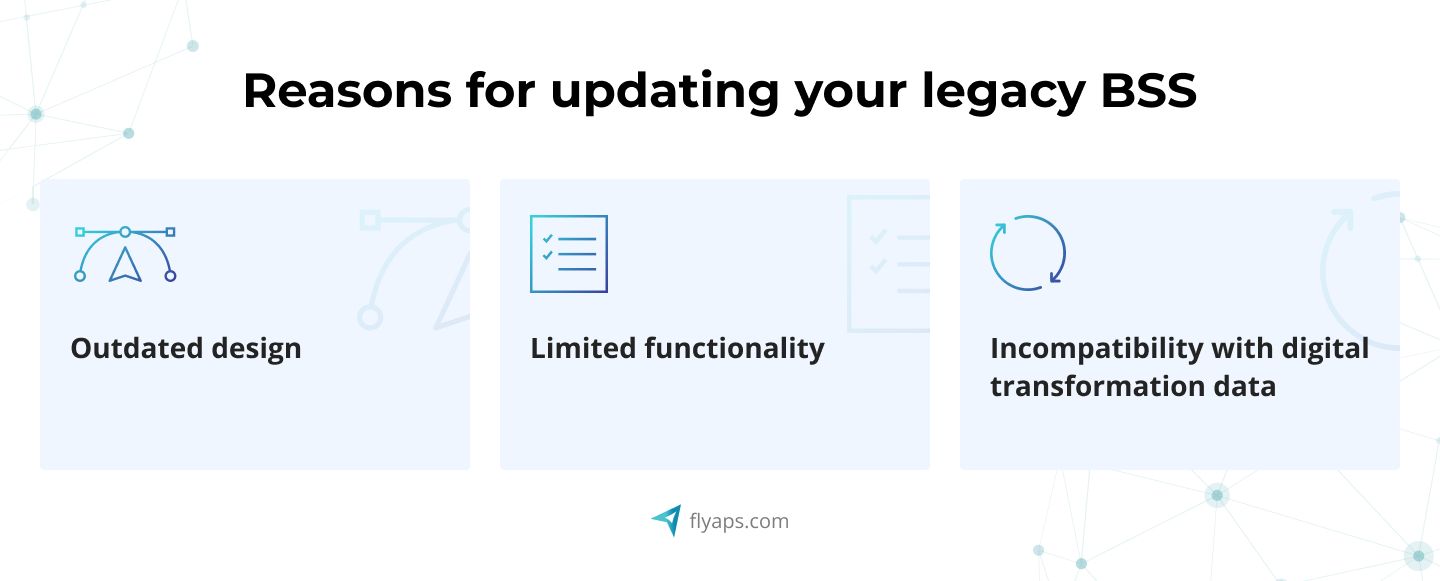
Here are three main reasons why legacy BSS systems in telecom come as a major pain point:
Outdated design
Imagine a telecom company that has been using a legacy BSS system for decades. Their system was designed in a different era, primarily catering to analog and physical operations. As the digital age advances, the company surely finds it challenging to keep up against competitors, who have adopted modern BSS solutions.
Why, you may ask? The legacy BSS system was not built to handle the complexities of digital services such as high-speed internet, streaming platforms, and smart devices, as there were none back then. Additionally, the outdated BSS system design limits the company's ability to offer real-time capabilities like up-to-the-second billing or usage monitoring. In today's fast-paced digital world, customers expect instant access to information, quick service activations, and immediate responses to their inquiries. But legacy solutions fail to meet these expectations, making it difficult for the telco to adjust to the dynamic telecom landscape.
Limited functionality
Let's assume that your telecom company offers both contract and prepaid services to your customers and you still use a legacy BSS system with limited functionality. Here are some challenges you might face in this scenario.
For starters, legacy BSS in telecom usually uses different billing systems. Therefore the system treats contract and prepaid customers separately. This results in a lack of integration between the two, making it difficult to have a comprehensive overview of customer data. Consequently, you struggle to provide a unified experience across different customer segments.
What’s more, the billing process in your outdated BSS system is conducted in batches, meaning that customers have to wait for specific billing cycles to receive information about their charges. The lack of real-time billing updates prevents your customers from staying on top of their spending and traffic usage.
The limited functionality of the BSS system also affects customer care and order processing. As most operations have to be performed manually, the workflow becomes very slow, making it challenging to provide timely and personalized services. Customer inquiries and requests take longer to address, resulting in poor customer experience and potential customer churn.
Incompatibility with modern services and platforms
Here’s an example of a telecom company that has been providing traditional landline and mobile services for years. As the telecom industry evolves, the company decided to expand its range of services and include high-speed internet, services for smart home solutions, and add streaming services.
But the company’s telecom BSS architecture, which was designed for handling basic phone services, struggles to cope with this digital transformation. Integrating new services and platforms with the legacy system becomes a complex and time-consuming process. The system became a bottleneck, preventing the company from fully embracing the digital revolution and providing innovative services.
Now that we have a clear understanding of the drawbacks of outdated BSS systems, let's dive into the goals telecom companies set for themselves once they realize the benefits of transforming their existing BSS.
An upgraded BSS system: What goals does it help to achieve?
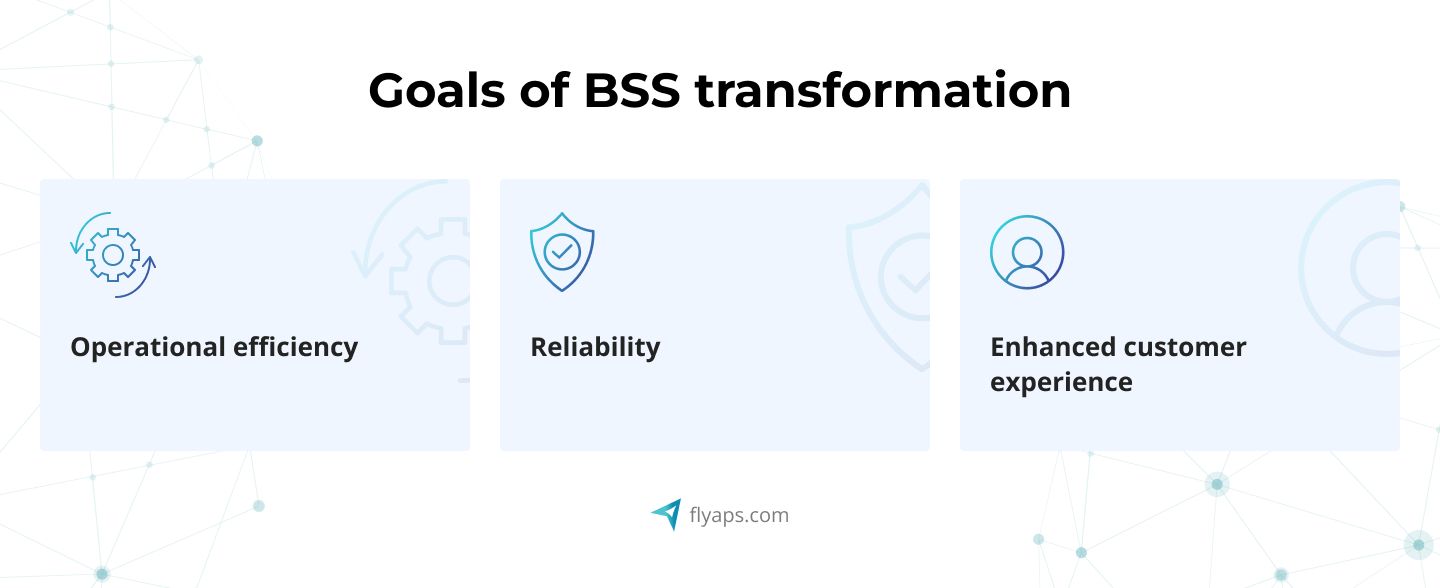
BSS transformation in the telecom industry not only addresses the limitations of legacy systems but also helps achieve several crucial goals:
Operational efficiency. With an upgraded BSS system, telecom companies can experience faster time to market for their services, enabling them to keep up with changing customer demands. This streamlined process reduces operational and capital expenditures, allowing companies to allocate resources more effectively.
Reliability. Telecom companies heavily depend on the uninterrupted delivery of their existing services. An upgraded BSS system ensures the seamless functioning of these services, minimizing disruptions and maintaining a high level of customer satisfaction. Additionally, with an improved BSS system, telecom companies can introduce new services much easier. As modernized systems enable the implementation of innovative revenue models, telecom companies can explore new business opportunities and drive revenue growth.
Enhanced customer experience. Lastly, modernized BSS systems allow for more personalized and tailored services, focusing more on individual customer preferences and needs. This level of customization fosters stronger customer relationships and loyalty. With real-time capabilities, the upgraded system enables faster responses to customer inquiries and requests, providing a higher standard of customer service.
So, now is the time to delve into proven approaches that can help you modernize an outdated BSS system.
How to transform your telecom BSS architecture?
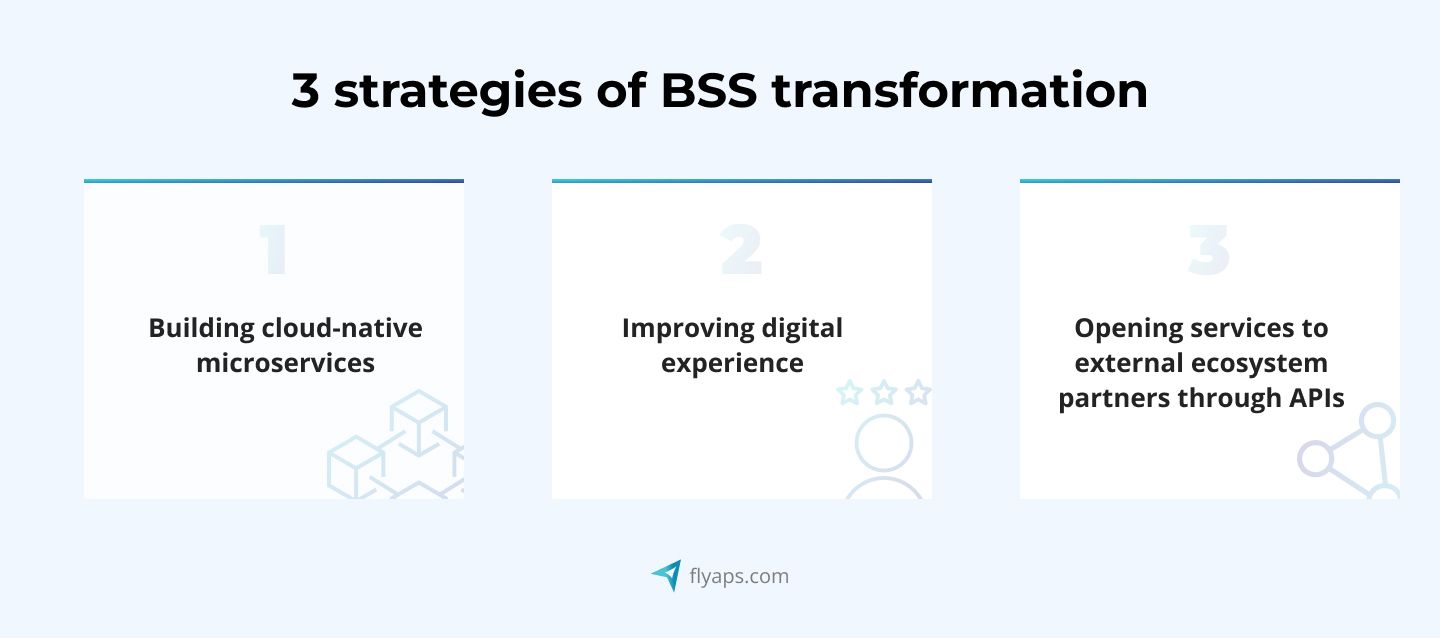
When you’re looking to modernize your legacy BSS system, here are proven ways to do it:
Building cloud-native microservices
Microservices allow telcos to break down their applications into smaller, independent parts. Each microservice focuses on a specific task, like billing or customer management, and runs in its own separate container.
Improving digital experience
Customers and employees have high expectations when interacting with digital solutions. That is why good UX design in telecom is essential, as it directly impacts the user experience and overall effectiveness of the system.
Here are some benefits you can get by improving the UX of your BSS:
- Streamlined workflows. With a user-friendly BSS system in telecom, your employees won’t get overwhelmed when processing customer orders – the system will guide them step-by-step, making the process easy to follow. The system with user-focused design allows them to simplify complex tasks, automatically fill in information, and highlight important fields. As a result, the workflow becomes streamlined, which saves time and reduces the chances of errors. Employees can quickly complete tasks and move on to the next without getting burned out.
- Increased adoption and engagement. Picture a telecom company that improved their BSS system following modern design standards. As employees start using the upgraded system, they find it more visually pleasing and easier to navigate. The system uses familiar icons, intuitive menus, and clear labels, increasing the chances that employees will adopt the system more eagerly. The increased adoption and engagement lead to higher productivity and improved business outcomes.
- Error minimization. Let’s say you have upgraded your BSS system design with a focus on user experience. The new system now provides clear instructions and guidance throughout different processes. It includes built-in checks and validations to prevent users from making common errors, for example, entering incorrect data. When users do encounter an error, the system provides informative feedback, explaining what went wrong and how to fix it. This proactive approach minimizes errors, helps users avoid data inconsistencies, and ensures the accuracy and integrity of information within the system.
Opening services to external ecosystem partners through APIs
An application programming interface (APIs) acts as a bridge that lets different software systems communicate and interact with each other. Through APIs, telcos allow external partners, such as software developers, or third-party platforms, to connect and utilize their services in a controlled and secure manner.
For instance, by partnering with enterprises, telcos can support advanced mobility. Imagine a telco company partnering with a popular ride-sharing app. By sharing their network resources through APIs, they can enable the app to provide real-time information on driver locations, estimated arrival times, and fares. This collaboration enhances the app's functionality and improves the overall experience for users. The telco benefits by reaching a wider audience and establishing valuable partnerships with enterprises from various industries.
Additionally, opening services through APIs may result in optimizing efficiency of new service development. For example, if a telco company wants to develop a new service, like a location-based mobile advertising platform, instead of building everything from the ground up, they can repurpose existing resources through APIs. For instance, they can use an API to access location data from their network and build the advertising platform on top of it. This saves time and money, allowing businesses to deliver the service more quickly and cost-effectively.
Story of success: How we turned an old-fashioned desktop app into an advanced user-centered web solution
NeuString Analytics is a well-known provider of BI predictive analytics solutions for mobile telecommunications. It is a part of Yaana Technologies, a global provider of intelligent compliance and national security solutions. NeuString Analytics was relying on a legacy desktop system for their operations, but it had become apparent that the system's limitations were hindering the company's growth.
The legacy desktop solution had its fair share of problems. It lacked user-friendly dashboards and the ability to compare budgets or work in parallel, which made it difficult for NeuString Analytics to attract global clients like the Orange Group. Realizing the urgent need for a transformation, NeuString Analytics turned to the Flyaps experts for assistance.
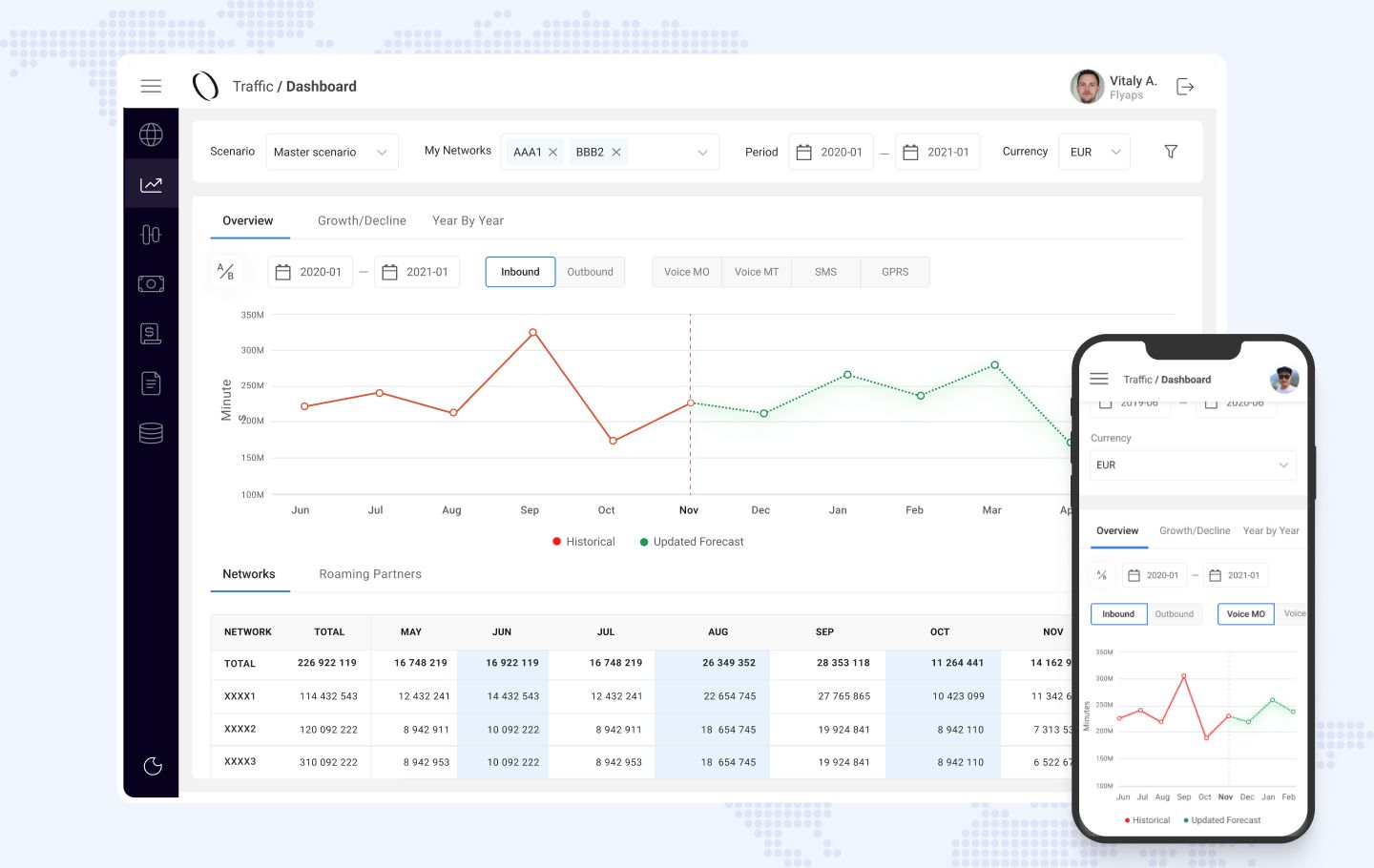
Recognizing the challenges faced by NeuString Analytics, we proposed to seamlessly replace the outdated desktop system with a new and improved solution. We offered to gradually introduce a new tool to users while keeping the old system operational and improved until the development process was completed.
With a clear vision in mind, our team embarked on developing a new web cloud-based application for NeuString Analytics. Our primary goal was to update the existing features and add new functionalities that would better serve the needs of the company's clients. Despite the tight schedule, we promised to deliver the first app version within four months, and we successfully coped with the task.
The transition from the legacy system to the cloud was a pivotal step in NeuString’s transformation. We moved the essential functionalities to the cloud, ensuring that users could enjoy familiar services while benefiting from a more advanced platform. Moreover, we introduced new discounting and forecasting models, empowering NeuString Analytics clients with comprehensive budgeting features. Users can now create multiple budgets, compare them, and gain a broader perspective for effective planning.
To provide insightful analytics and reporting, we integrated NeuString’s legacy system into the cloud-based solution. We exported the database for reporting purposes and presented the data on dynamic dashboards. These dashboards were capable of displaying volume, charges, and insights categorized by country, period, service types, and other traffic parameters. There was even an interactive world map that allowed users to analyze traffic volumes and charges across different countries.
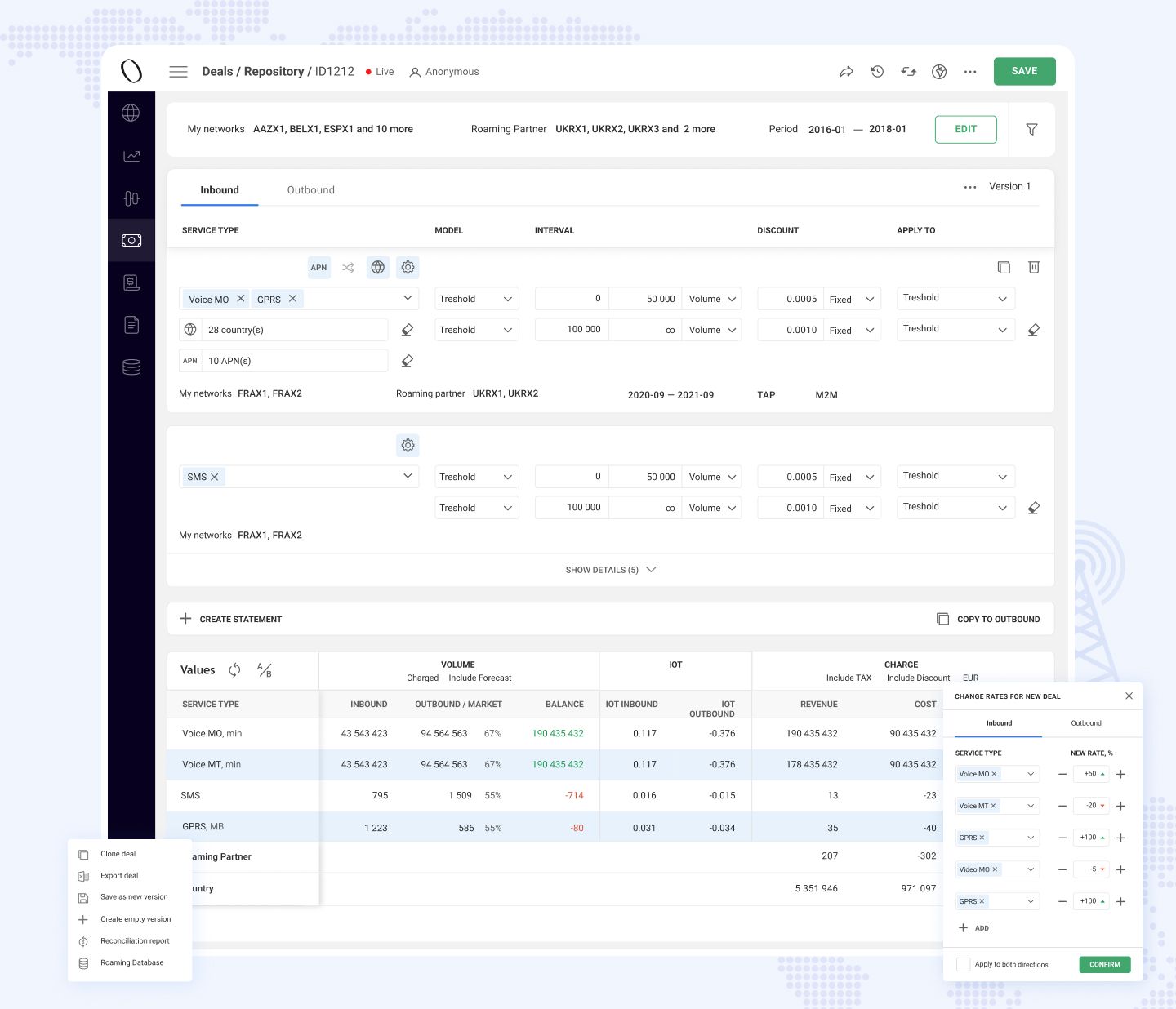
Understanding the importance of a user-friendly experience, Flyaps invested time and effort into designing an intuitive user-focused interface. We followed modern UI guidelines to ensure consistency throughout the system, making it easy for users to navigate and utilize the application's functionalities effectively.
The transformation efforts paid off tremendously for NeuString Analytics. Their clients now have access to a highly performative and one-of-a-kind system, thanks to Flyaps's expertise. Even telecom giants like Orange Group, Telenor Group, and Hutchison 3G UK Limited recognized the indispensability of the solution for their forecasting, negotiation, budgeting, and data analysis needs.
How Flyaps can help you with BSS transformation
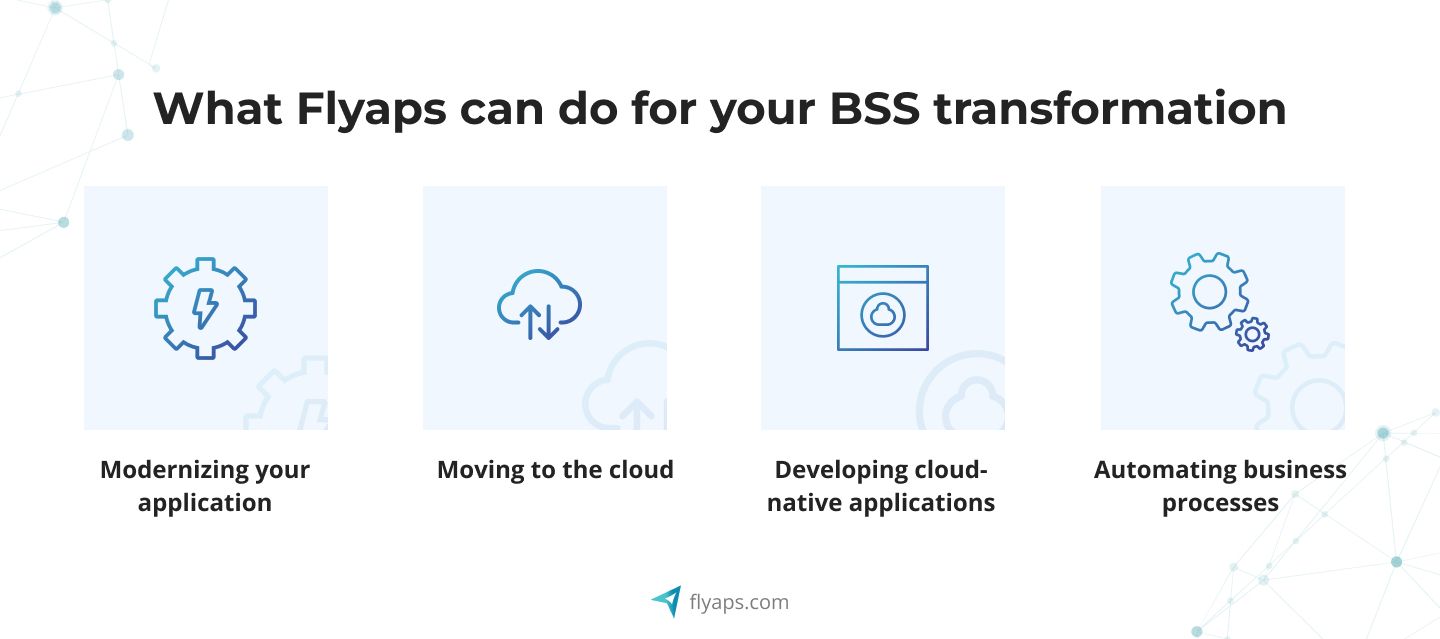
We have been working in the telecommunications industry for more than 10 years. During this time, we successfully created products that are now used by over 100 telecom companies, including famous industry enterprises such as Orange Group. Our vast experience has given us a deep understanding of the challenges and needs telecom companies have.
Thanks to our expertise in the telecom industry, we know exactly what telecom companies need when it comes to BSS modernization. Here’s what we offer.
Application modernization. We can help you upgrade your existing BSS system so that it meets current industry standards. This includes getting rid of any performance or scalability issues, integrating with other required systems, and enhancing the security of your data.
Cloud migration. If you have applications that are currently hosted on your own servers, we can assist you in migrating them to a hybrid cloud environment to ensure better flexibility and cost savings.
Developing cloud-native applications. We can create a BSS application that is designed specifically for cloud environments. Such applications would utilize modern cloud services and scalable microservice-based architecture, ensuring they can adapt to your needs and handle high demand.
Business process automation. We can set up a comprehensive automation system for your business processes across different departments. This includes tasks like monitoring network hardware, predicting maintenance requirements, generating reports, streamlining billing processes, managing sales and marketing across various channels, and enhancing customer support services.
Ready to modernize your BSS system architecture for improved efficiency, seamless integration, and enhanced data security? Drop us a line and we’ll get back to you shortly to discuss the details.


